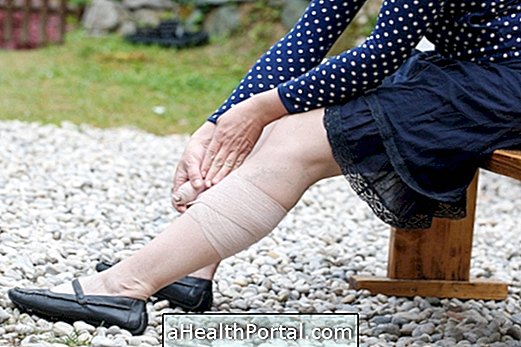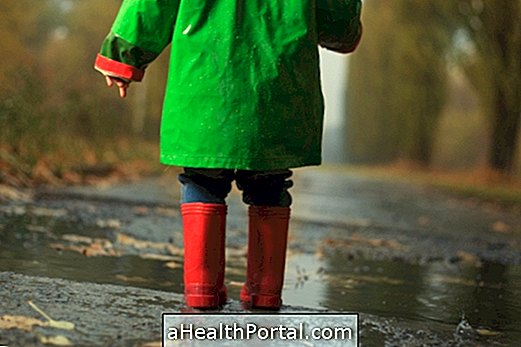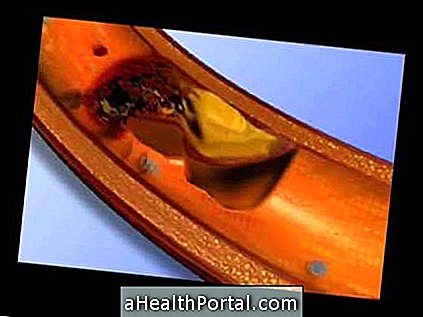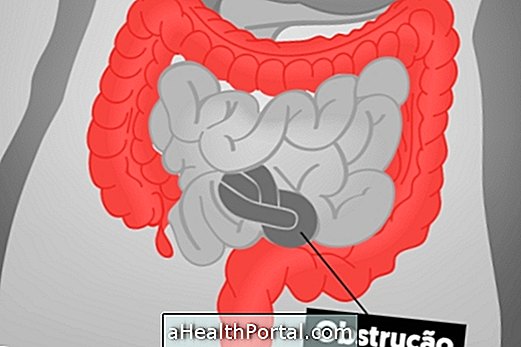Normal labor in water decreases pain and labor time, but for safe delivery, it is important that labor in water be combined between the parents and the hospital or clinic where the baby will be born, months before labor. childbirth start.
Some options for getting a water birth are the use of a plastic pool or a bath, which should be the responsibility of the hospital. The place should be properly cleaned and the water will need to be at around 36º C all the time, so that at birth, the temperature is comfortable for the baby.
The main advantage of water delivery is the reduction of pain during labor and the need to resort to cesarean section or even the use of suction cups or forceps, promoting a more natural and less traumatic birth for the mother and the baby. drink.

Key Benefits of Water Delivery
The major advantages of delivery to the mother include:
- Relief of pain, acceleration and shortening of labor;
- Feeling of lightness inside the water that allows greater movement during labor ;
- Increased sense of security by being able to control which positions are most comfortable to adopt during contractions
- The warm water promotes relaxation of the muscles including the perineum, ligaments and pelvic joints, facilitating labor;
- Decreased feeling of fatigue during labor because body muscles tend to become more relaxed throughout the process;
- Easier to detach from the surrounding world, being able to more easily realize your most primitive needs;
- Lower total body swelling ;
- There is greater privacy because it is not easy to have someone else looking directly at your genitals;
- Increased personal satisfaction by actively participating in all labor, which contributes to the 'empowerment' of women, in addition to a greater sense of well-being, self-esteem and emotional relaxation;
- Lower risk of postpartum depression ;
- Facilitation of breastfeeding ;
- Less need for episiotomy and laceration of the perineum .
The advantages for the baby include better oxygenation of the fetus during labor and a birth less traumatic moment because there is less artificial light and noises and it is usually the mother herself who brings it to the surface to breathe and will certainly be the first face he you see, increasing the bond between him and his mother.
The child's father or the mother's current partner can be inside the pool or even by his side, outside, helping, giving emotional support, being useful for transmitting peace and safety and massaging to better control the pain of childbirth.
Who can deliver in the water
Every woman who has a healthy pregnancy and low risk, having no complications during pregnancy and who has an equally healthy baby, can choose natural childbirth, in water. Thus, it is possible to have a birth in water when the woman does not have pre-eclampsia, hypertension, diabetes, delivery of twins or has previously performed a cesarean section.
The woman can get into the water early in the contractions because if the warm water helps to speed up the onset of labor, indicating in a few moments that the baby is really about to be born.
Frequently Asked Questions
Some common questions regarding water delivery are answered below.
1. Can a baby drown if born in water?
No, the baby does not run the risk of drowning because he has a drowning reflex that does not allow him to inhale while he is not out of the water.
2. Is the risk of vaginal infection higher in labor in water?
No, because water does not enter the vagina and furthermore the contamination that could happen during the vaginal touches performed by nurses and midwives is diminished because this type of intervention is much smaller in the water.
3. Do you have to stay naked in the water?
Not necessarily because the woman can choose to cover her breasts, getting only with the waist down part naked. However, after birth the baby will want to nurse and already be with free breast, can help in this task. If your partner wants to get into the water he does not have to be naked.
4. Does the genital region need to be shaved prior to delivery?
It is not necessary to remove pubic hair completely before delivery, but it is recommended that the woman remove excess hair on the vulva and also between the legs.






















